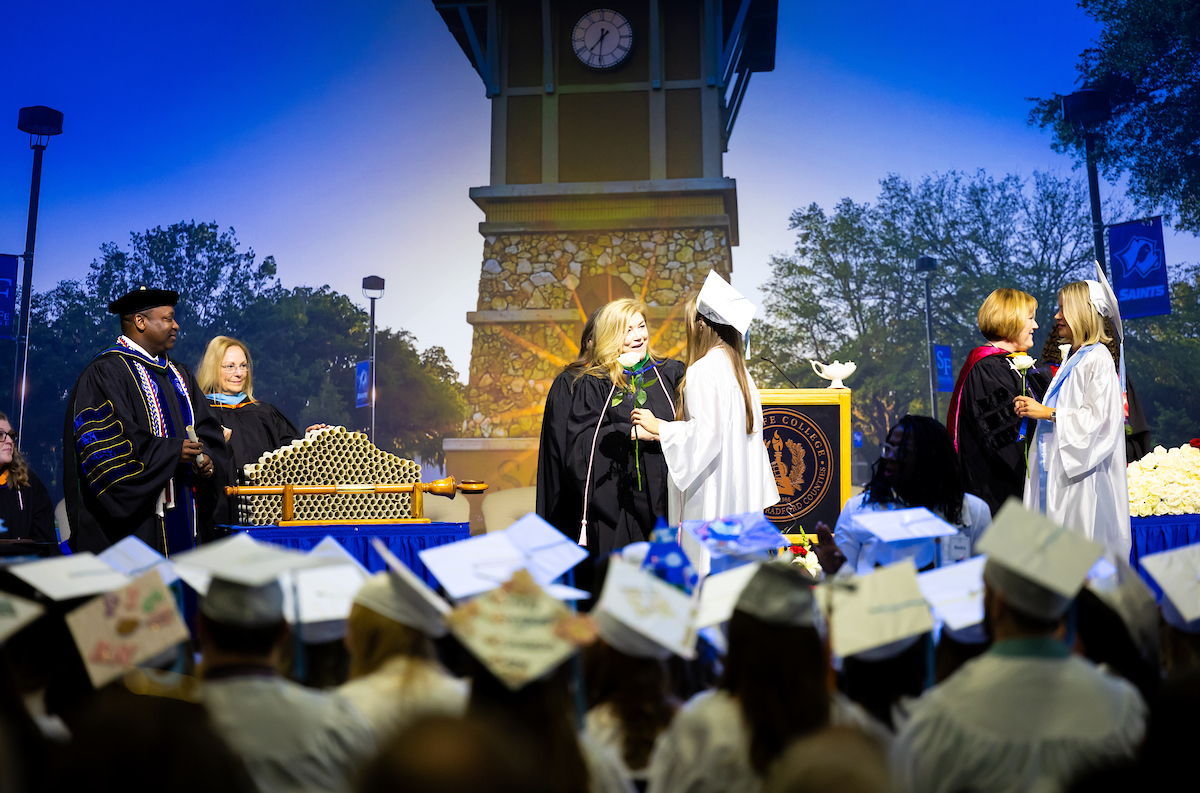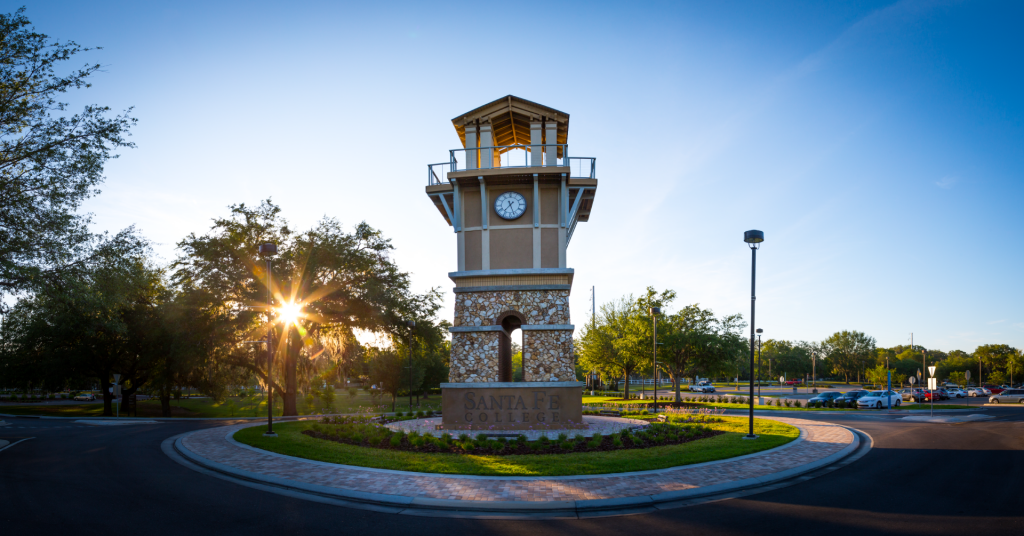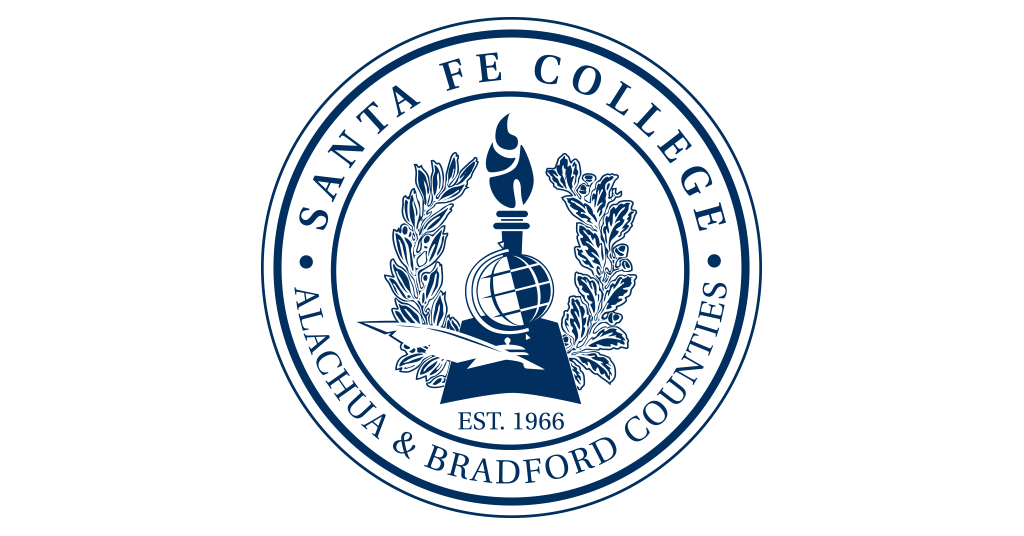Radiologic Programs Open House
November 10, 2010
Do you find yourself radiating enthusiasm for a profession in medicine? Come out and explore a career at the Radiologic Programs’ Open House, from 1 to 4 p.m., Wednesday, Nov. 10 in Buidling W, rooms 11 and 12 at Santa Fe College’s Northwest campus, 3000 NW 83rd St., Gainesville.
This event is scheduled to coincide with National Radiologic Technology Week, which honors the life-saving radiologic work made possible by Wilhelm Roentgen’s invention of the x-ray on Nov. 8, 1895.
“I’ve been in radiography since 1974. It’s almost impossible to imagine where medicine would be today without the art and science of radiography,” said Professor Michael Fugate. “The miracle of x-rays has allowed us to diagnose injuries and disease without the invasive techniques of surgery. It’s amazing what radiography has done to reduce hospital stays and improve medical quality, making it safer and quicker.”
Open house visitors can x-ray any nonliving thing
For the first time, Santa Fe’s Nuclear Medicine program will join the Radiology program in organizing this open house, which is held in both department’s very own labs and classrooms. Faculty, led by Radiologic Programs Director Bobbie Konter, will energize the x-ray tube and allow visitors to scan whatever non-living objects they would like. In previous years, students have x-rayed purses, cell phones, and even slices of pizza, as well as the lab’s own “phantom” model body parts used in actual classroom demonstrations. Event organizers ask that visitors bring a USB flash drive if they wish to save a copy of their x-ray.
The open house also offers students the opportunity to learn to use a Geiger counter, a device used to detect nuclear radiation. This event represents a special project put together largely by the Radiography and Nuclear Medicine class of 2012. The students will be on hand to answer questions and provide anecdotes about their experiences in the program. Images made from the labs’ cutting-edge imaging equipment will be displayed along with fact sheets and materials used in the radiologic programs.
Santa Fe College’s Radiography and Nuclear Medicine tracks rank among the most successful in the nation. These programs require up to 1,600 hours of supervised clinical experience in accredited medical affiliates spread all the way from Gainesville to Ocala to Lake City.
“We succeed because of the dedication of the faculty in teaching the curriculum. This program was founded on teaching the student, not teaching to test,” said Fugate. “We’re here to educate the student, not just teach them how to take an X-ray. There’s critical thinking infused throughout our entire curriculum. That’s what makes us different–our commitment to education.”
Nuclear Medicine and Radiography represented
Both the Nuclear Medicine and the Radiography programs allow you to earn an Associate in Science (AS) degree in 22 months. Each fall, the Radiography program accepts a total of 35 new students into its program, while the Nuclear Medicine track accepts around 15, both relatively large numbers of students compared to similar programs nationwide.
Prospective students, however, should know that Santa Fe’s successful programs are highly competitive. Admission into the programs relies largely on applicants’ test scores and GPA.
“Our program in Radiography has been here since 1968, and to have a 100 pecent pass rate on the national certification exam for so long is virtually unheard of,” said Fugate. “Our Nuclear Medicine program also has a 99 percent pass rate, and I know of no other nuclear medical program that can boast that.
“It’s a credit to our faculty and Santa Fe’s support of these programs, as well as the quality of students we get here. I’ve taught for close to 29 years, and I’ve never seen any other programs like this these.”
Radiography can lead to careers in CT scanning, sonography, magnetic resonance imaging (MRI), and interventional radiology, while a degree in Nuclear Medicine allows students to work with radiopharmaceuticals and cardiac nuclear imaging — making both these tracks excellent choices for students looking to prevent disease and save lives.
“The public tends to have misconceptions about radiation and anything with the word ‘nuclear’ in it,” said Fugate. “Those who learn about it know that this is a safe profession. Radiation, whether in radiology or nuclear medicine, provides benefits that far outweigh any potential for danger. By educating about radiation like we do, we continue to make sure radiation is administered correctly. If I have to get an x-ray and I look up and see one of my students there conducting it, I know I’ll feel safe.”
For more information about either of these programs, please contact Health Sciences Advisor Scott Fortner at 352-395-5733.
~ This press release was written by Allison Griner, Communication Specialist, College Relations
CONTACT:
- Professor Michael Fugate, michael.fugate@sfcollege.edu or 352-395-5668
- Julie Garrett, media relations, for assistance facilitating your story, 352-395-5430 (office) or 352-870-2924 (cell) or julie.garrett@sfcollege.edu


